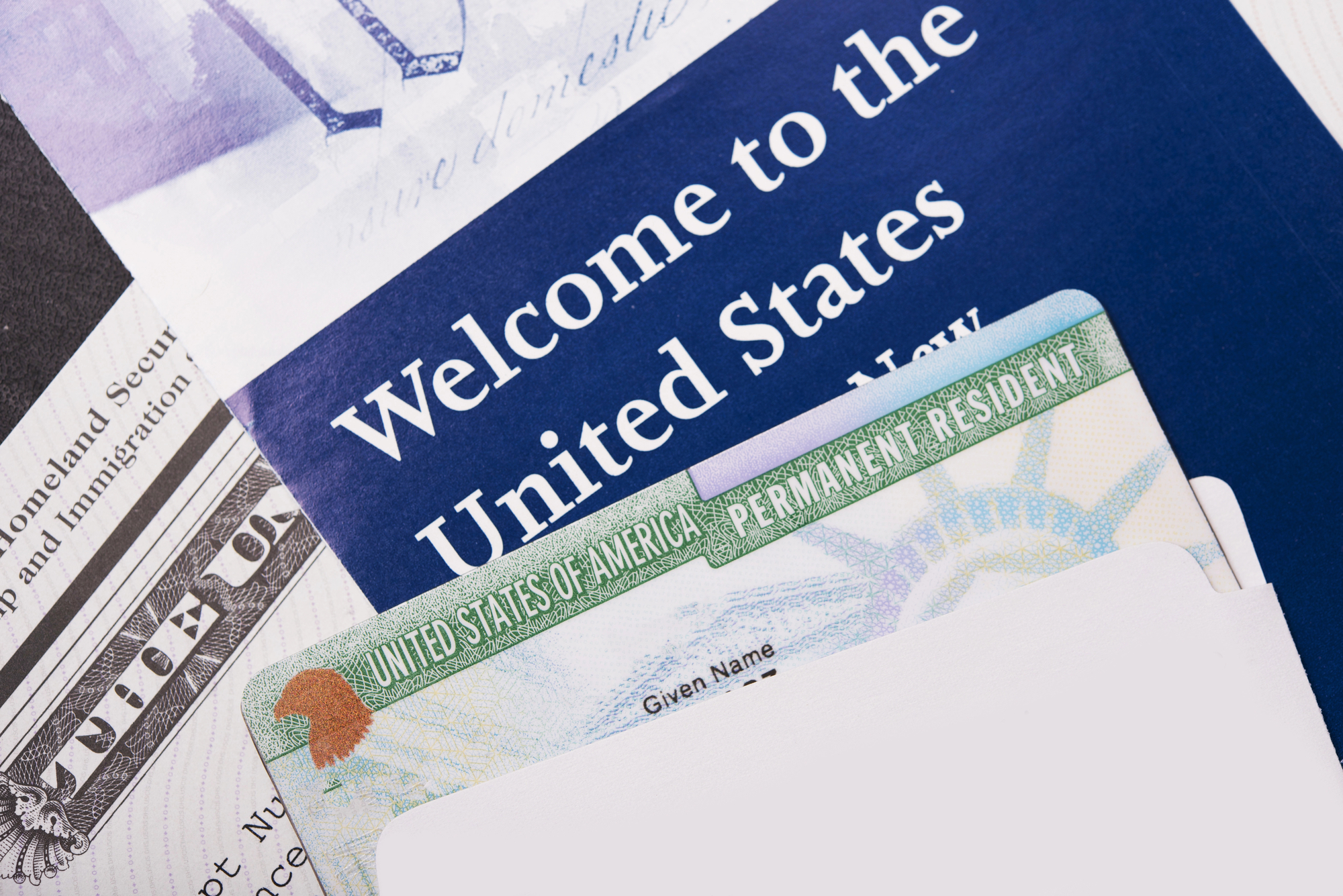Immigration and adoption require stacks of paperwork and careful compliance with regulations—all of which can be exhausting and nightmarish. Even so, a family immigration attorney knows how to make the journey much easier for adoptive parents and their children. The steps you will need to take depend on your own status and what you intend to do in the US.
Are you a non-immigrant visa holder who wants your child to join them in the US? Are you already a US citizen or lawful permanent resident (LPR) bringing your child home to secure citizenship and live with the family? When was the child adopted? Everything depends on the starting point.
How Does the Immigration System View Adopted Children?
The US government recognizes that adopted children are no less than biological children, with the same rights in the immigration process. See 8 USC § 1431(b). But to avoid unethical adoption practices or visa fraud, immigration law requires an adopted child to meet certain criteria. How these affect your child will depend on your own citizenship and the visa you seek for your child.
For immigration purposes, an adoptive child must be:
- A child adopted while under the age of 16, if—
- that child has been in the legal custody of and lived with at least one of the adoptive parents for at least two years, unless—
- the child was abused by an adoptive parent or adoptive family member living in the household
- that child has been in the legal custody of and lived with at least one of the adoptive parents for at least two years, unless—
- A child adopted while under the age of 18, if—
- that child is the natural brother or sister of a child adopted by the same parents while under the age of 16
This definition appears in the law at 8 USC § 1101(b)(1)(E). You may also see it referred to as INA 101(b)(1)(E).
Children Adopted by Non-Immigrant Visa Holders
Most non-immigrant visa holders can apply for children under the age of 21 to stay with them in the US on derivative visas. Some of the most common types include:
|
Visa |
Issued to |
Derivative visa for children |
|
F-1 |
Students in academic or language training programs |
F-2 |
|
H-2A and H-1B |
Temporary agricultural workers and specialty knowledge workers |
H-4 |
|
E-1 and E-2 |
Treaty traders and investors |
Same |
|
T-1 |
Human trafficking victims |
T-3 |
|
U-1 |
Victims of crime in the US |
U-3 |
(Source)
K visa holders include fiancées (K-1) or spouses (K-3) of US citizens. Their unmarried children under age 18 can receive K-4 visas to travel to the US.
An adoptive child can receive a derivative visa through the same process as a biological child, so long as they qualify under the law set out above. Generally speaking, that means they need to have been adopted before age 16 and lived with their adoptive family for at least two years in their legal custody.
The process will depend on your specific visa, but the child should be able to apply once the principal visa has been granted. You will need to prove that your child has met these standards with a certified adoption decree and other documentation.
US Citizens and Green Card Holders
A US citizen or an LPR can petition to bring an adopted child to the US through the family-based immigration process by filing Form I-130, Petition for Alien Relative. However, to use this process, the child must already qualify as adopted under the standards of § 1101(b)(1)(E). Otherwise, the parent must complete a legal adoption process.
International Adoptions
If the child has at least one adoptive parent who is an American citizen, and they want to bring the child to the US for the purpose of adoption, then the process depends on whether the child’s native country has signed the Hague Convention on the Protection of Children and Co-operation in Respect of Intercountry Adoption.
Over a hundred countries are parties to the Hague Convention, including India, China, and Mexico. The Hague process requires working with an authorized adoption agency and home study provider that will conduct an extensive review of the family’s resources and suitability. As with any adoption, the parent must also meet the standards of their US state. The parent must file a Form I-800-A before the match with the adopted child is made.
If the child’s country of origin has not signed the Hague Convention, the adoption will take place under the “orphan” process. This also requires home studies and suitability reviews, although there are slightly fewer federal requirements. To begin the process, the parent files a Form I-600 and a Form I-600-A.
Don’t Go Alone—Let Us Help You
Adoption can be a painful and expensive process, just as immigration is. You want to provide a secure future for the child you love, but when you live between countries, it’s hard to know how to start. The right attorney can guide you through the maze.
Attorney Patrick Metcalf has decades of experience in the law. He speaks Spanish, Cantonese, and Mandarin to work with his international clients. As an Illinois family immigration attorney, he has built a firm with the compassion and the strength to defend your family’s rights—to help your child to join you and call the US home.
If you are facing an immigration issue in the Chicago area, contact our Schaumburg office today at 224-328-1900 for a free phone consultation.




